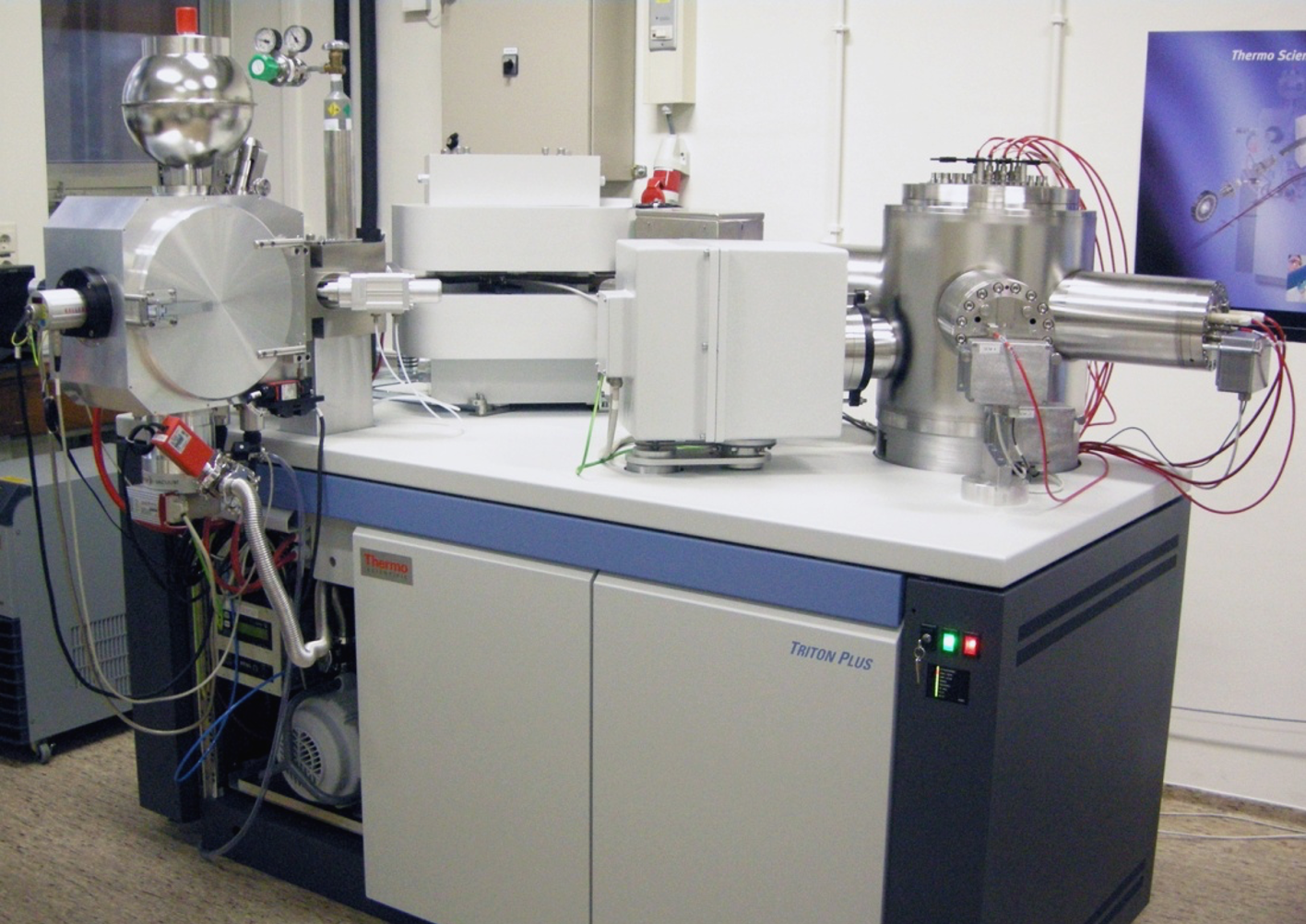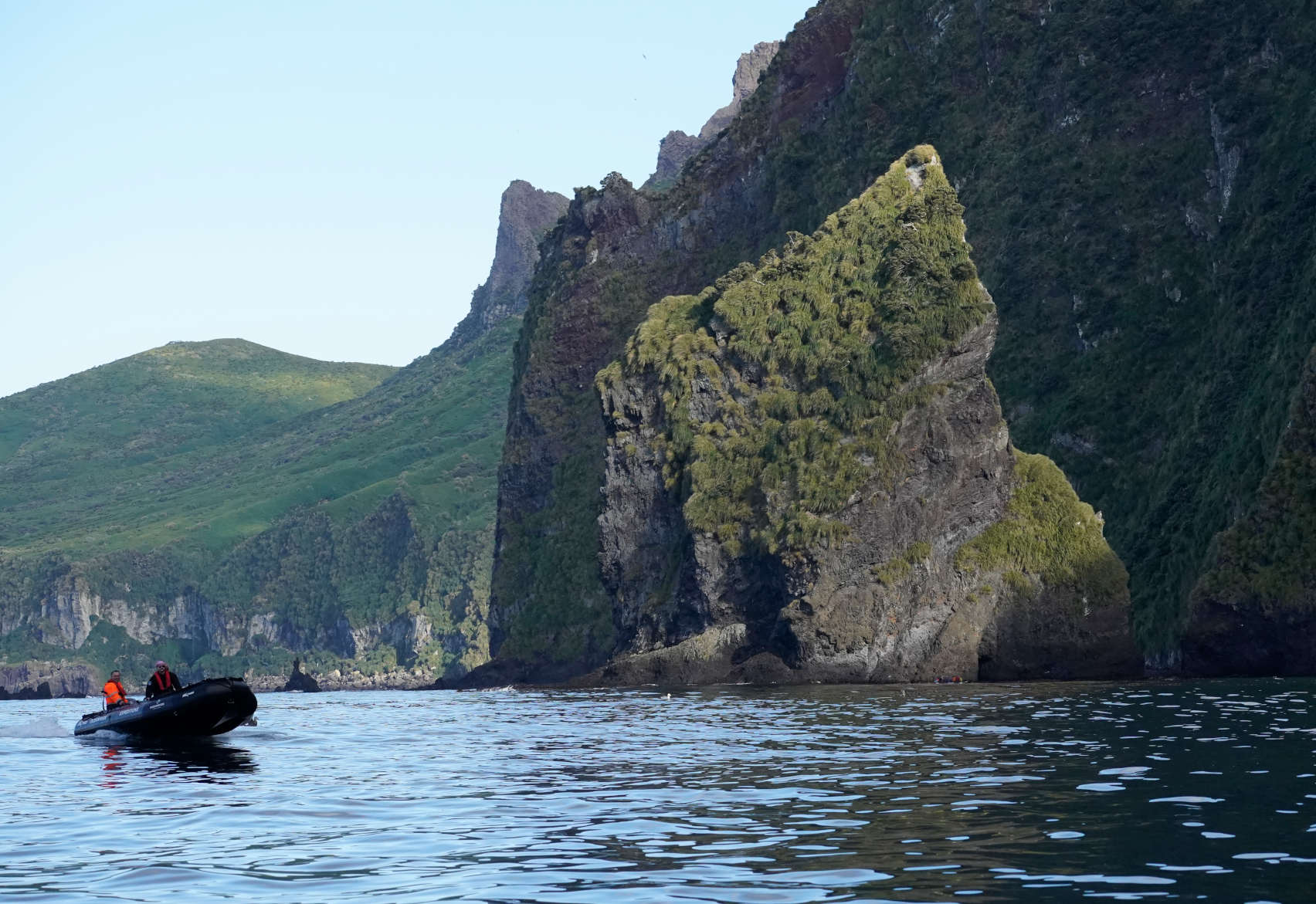TA2 Facility 1 – VU Geology and Geochemistry radiogenic and non-traditional stable Isotope Facility (GGIF)
Average visit: 2 weeks
The GGIF facility comprises three multi-collector mass spectrometers, FinniganMat 262 RPQ plus, ThermoFinnigan TritonPlus & MC-ICPMS (Neptune), plus sample characterisation, mineral separation, sample preparation, fluid inclusion heating-freezing stages, Raman microscope, scanning electron microscope, electron microprobe and dedicated clean labs for elemental separation etc).
The facility is supported by a chemist and electronic and vacuum engineers. “Routine” analytical approaches include Sr-Nd-Pb-Hf-Si-Fe-Li-B isotope analyses and laser ablation Hf isotope determinations in minor phases such as zircon and high precision isotopic analyses of the extinct system 146Sm-142Nd. 1013 Ohm resistors on the Triton and Neptune can analyse as little as 10 pg of Sr-Nd-Pb, opening up totally new research directions [Koornneef et al. 2014]; e.g. individual melt inclusions in olivine and dust from Antarctic ice cores.
The Triton has 6 ion counters enabling multi-detector ion counting determination of small beams (e.g. Os, U-Series).
Much of the ground-breaking research relies on detailed sample characterisation and innovative sampling methodologies, e.g. micro- drilling, polishing for fluid-melt inclusion characterisation and the ability to use in situ laser ablation sampling prior to conventional Pb-Sr-Nd isotope analysis.
Additional capabilities include undertaking HP-HT experimental petrology experiments (TA2.2) coupled with isotope geochemistry.
On-going research focuses on planetary differentiation processes, early Earth environments, magma chamber processes and the application of isotope geochemistry in archaeology-art-forensic-ecology etc.
Koornneef JM, Bouman C, Schwieters JB, Davies GR (2014). Analytica Chimica Acta, 819, 49-55.
Contact:
Gareth R. Davies, Vrije Universiteit Amsterdam, De Boelelaan 1085, 1081 HV Amsterdam, Netherlands. g.r.davies@vu.nl








Report summaries of TA visits to facility
Back to the TA2 Distributed Planetary Laboratory Facility Page







